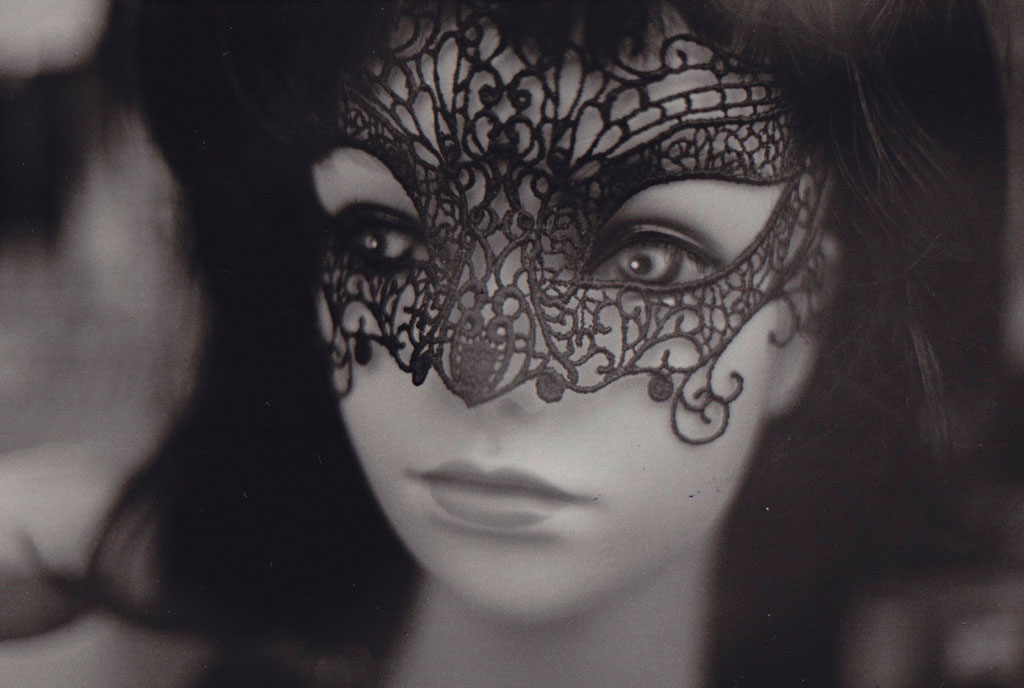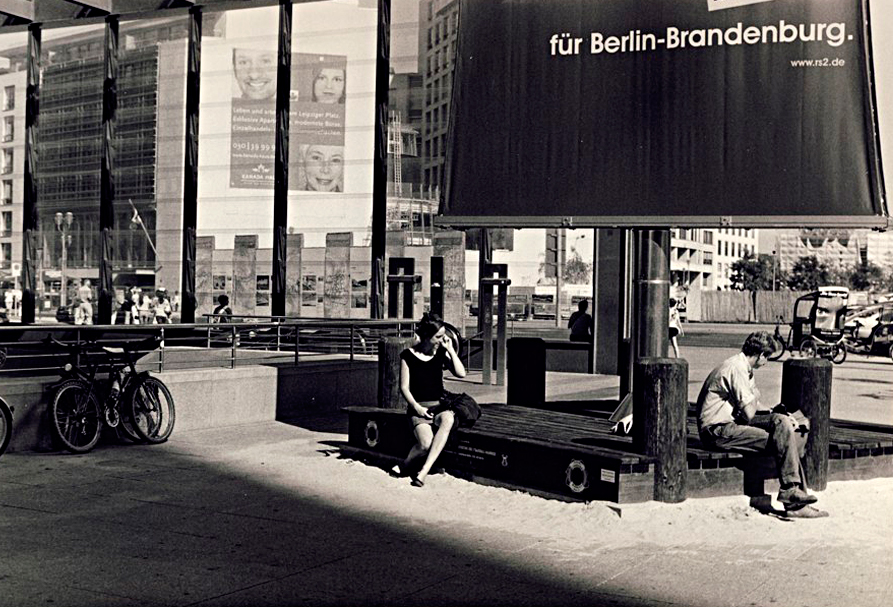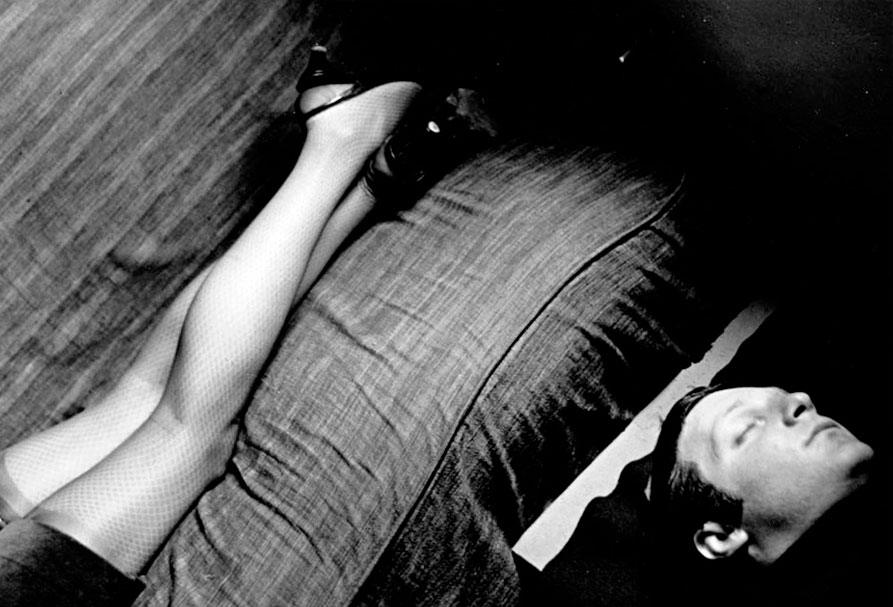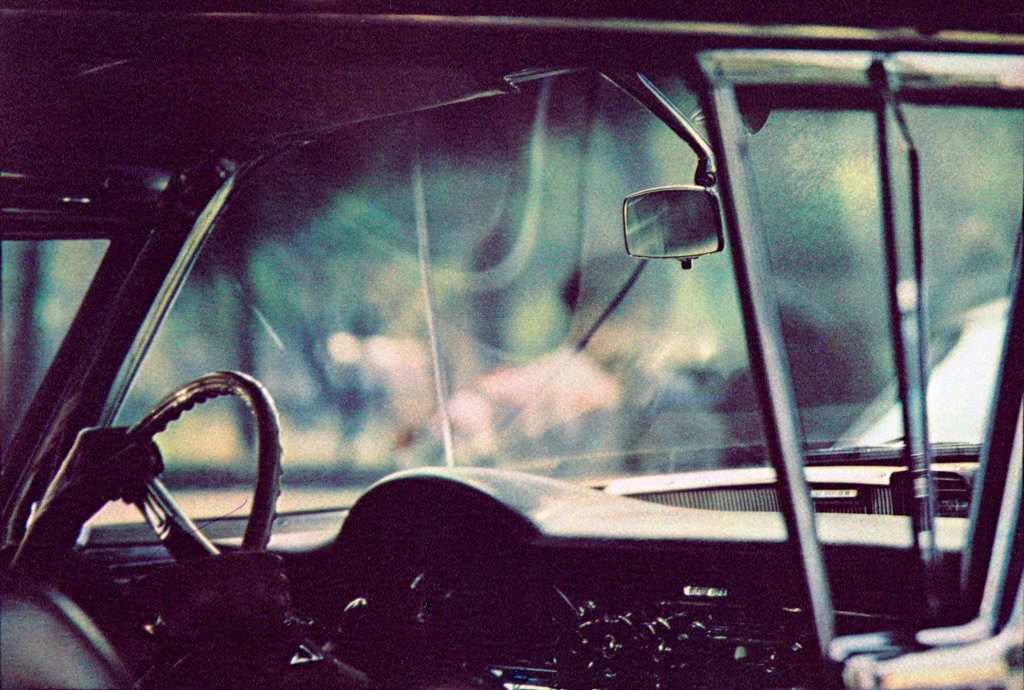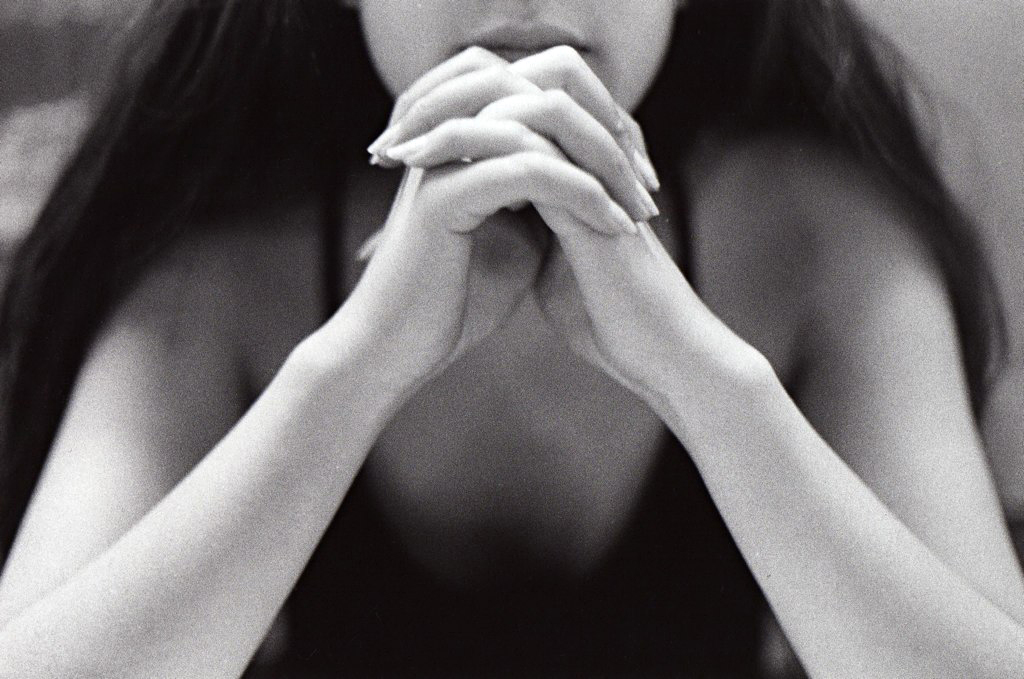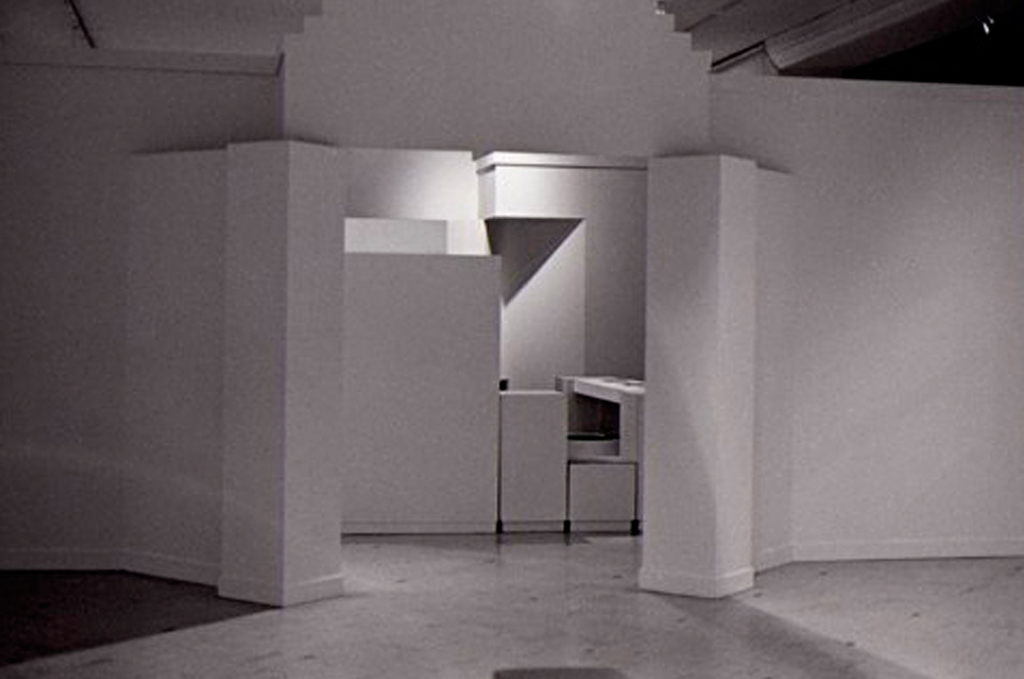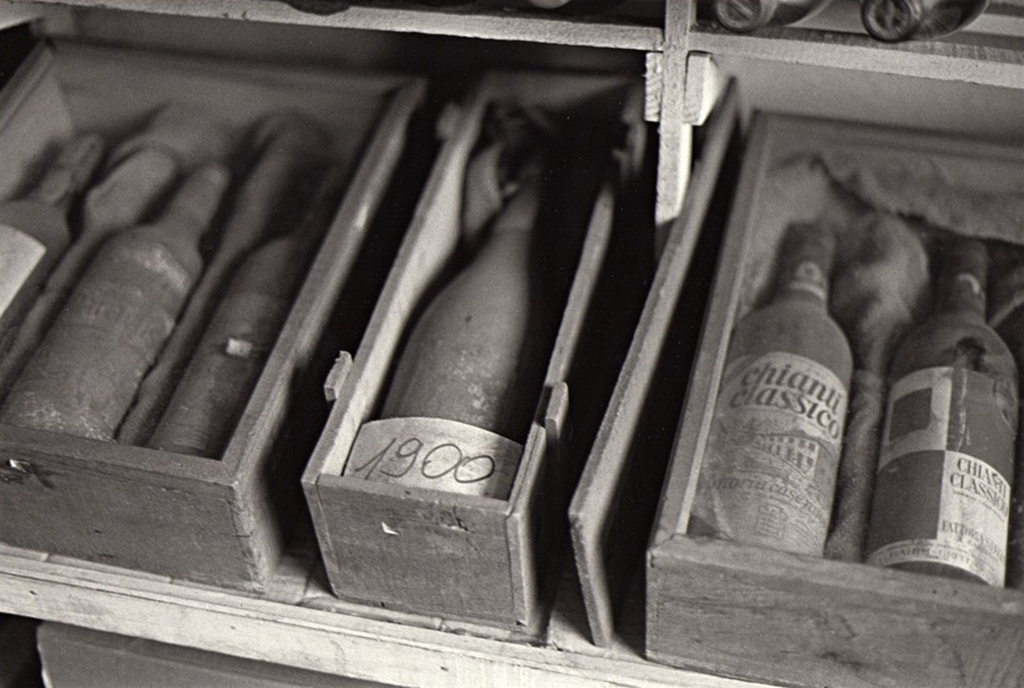Bernard Plossu
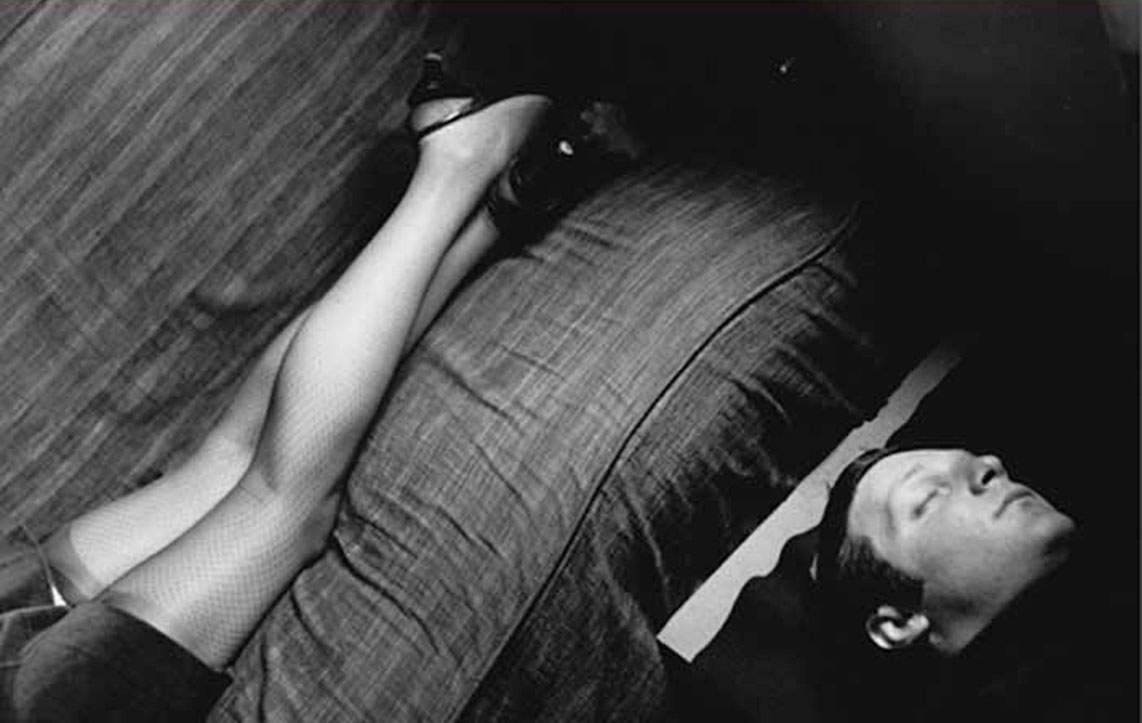
Bernard Plossu (born in 1945), a migratory photographer, has been travelling the world since his first trip to the Sahara with his father in 1958. He has worked in black and white since 1975. A lover of 50 mm lens, he immortalises the Far West of America, California, Mexico, etc. In his youth he wanted to become a filmmaker and his photos bear the traces of his love of films. Bernard Plossu calls himself a "photographer of females" and, like his master Édouard Boubat, captures the world through bodies, intimately yet modest and respectful. He photographs women with neither vulgarity nor voyeurism, even though they may not be aware of it. From behind, they offer to the photographer and the world their "neck and hair, evidence of [their] beauty".
Bernard Plossu’s Two Realities
Bernard Plossu belongs to the generation of photographers that excelled in two different dimensions while trying to make them converge: the strange reality of the “other”(the foreigner, the foreign land) and the strange reality of his own everyday reality, the reality belonging to people like himself living in places he knew all too well. Plossu is one of those artists that understood photography by means of one of its main traits: the travel. To photograph was once, basically, to travel, if I have a camera it is for travelling, I have a camera because I want to travel, cameras are for traveling, demand travelling. To travel in space and to travel in time: the first thing photography allowed was actually the invention or the reinvention of memory, therefore the rediscovering of the past (or the invention of the past). To look at a photograph is to look directly into the past: the photographer was there, this is what he saw and what he saw is what he is seeing. This was a crucial change in the way mankind recorded the world history and all the personal stories.
This part of his mission Plossu fulfilled travelling all over the world: north of Africa, Mexico, Niger, the USA, India, Portugal: that was the strange, in its different shades of black, white and grey . The second half he developed “at home”, in Paris for example among his equals, in his familiar places and scenes. He once forged the label “surbanaliste” in opposition to “surréalisme”: surbanaliste is the banal, the commonplace underlined, stressed and elevated to its second degree by photography. Most of the photos taken abroad capture the strange which however most of the times is terribly banal initself. And most if not all photos taken “at home”, in a familiar context, capture the banal, the commonplace which is or become terribly strange once fixed in the photographic paper. The circle is closed, albeit remaining eternally open: the two realities meet. The two series of photographs shown at Stöckle Hauser offer an unique occasion to check the main lines of this renowned world and absolutely local photographer.
Prof. José Teixeira Coelho, 2016
all his works
The technique used is B / W Baryt
